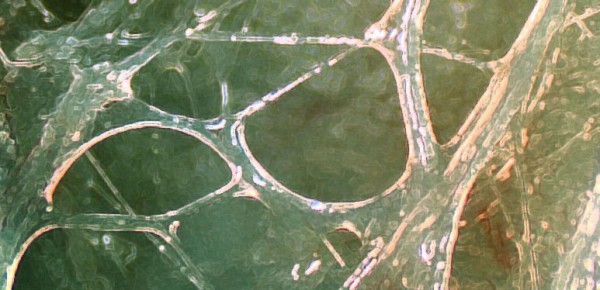Assessment is a treatment for low back pain
The effectiveness of manual therapy is a combination of a therapist’s technical skill, verbal and non-verbal communication, trust, and a sense of empathy. These factors can influence a patient’s pain resolution and therapeutic outcomes. A clinical ritual usually involves history taking and physical assessment. A study by a group of physical therapists from the US investigated if an assessment process in manual therapy can have an influence on patients’ pain and function perception. The study was published in Journal of Manual & Manipulative Therapy.
The study was an observational trial, recruiting patients with low back pain (LBP) who went to physical therapy clinics for the first time. 34 patients with a mean of 58 ± 19 years with a balanced gender participated. A blinded investigator measured participants before the initial evaluation and after history taking and after physical examination. Another physical therapist provided standard history taking and physical examination. The primary outcome measure was the numeric pain rating scale (NPRS) for the low back and leg. In addition, the connection between the therapist and patient was measured.
The results showed that the process of history taking and conducting a physical examination on LBP patients caused a significant therapeutic effect in regards to pain, fear-avoidance, pain catastrophization, movement, and sensitivity of the nervous system. Participants showed a significant reduction in pain through just the history taking and physical exam. The most significant pain reduction occurs after history taking.
Additionally, the study measured participants’ lumbar flexion, with trunk forward flexion, knees straight, and measured the distance from the most extended finger on the dominant hand to the floor. Lumbar flexion increased progressively after history taking and further increased after a physical exam.
However, the therapist’s report of the level of connection with the patient did not alter the improvements in pain and function.
processThe authors noted that this is known as the Hawthorne-effect, where patients may have demonstrated improvements purely from the fact of knowing they were being assessed. The study has a limitation that there is no placebo treatment.
They concluded that the assessment process produced small but significant therapeutic effects related to pain, fear-avoidance, pain catastrophization, and functional measures of mobility and sensitivity. The assessment or examination ritual is an essential component of manual therapy.

